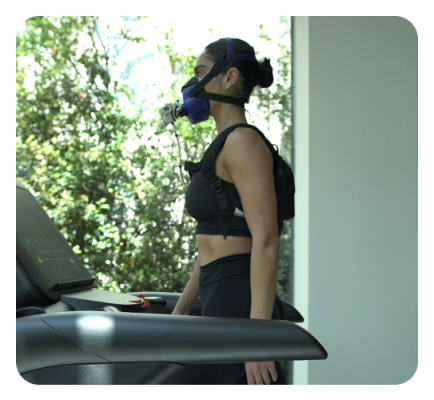Metabolic flexibility,
your body’s fat regulator.
Metabolic flexibility indicates your body’s ability to convert the food you eat into energy instead of storing it as fat. It’s a key indicator of cellular function and metabolic fitness.
Metabolic flexibility is the body’s ability to switch between carbs and fats for energy based on availability. During high intensity exercise or after food consumption, it burns predominantly carbs, while in fasting or calorie restriction, it shifts to fat. A metabolically flexible person is one who can easily transition between these two states and is therefore able to effectively make use of the nutrients ingested. Conversely, a metabolically inflexible person has a harder time switching between fuel sources and is more likely to store food into fat.

Metabolic flexibility is the body’s ability to switch between carbs and fats for energy based on availability. During high intensity exercise or after food consumption, it burns predominantly carbs, while in fasting or calorie restriction, it shifts to fat. A metabolically flexible person is one who can easily transition between these two states and is therefore able to effectively make use of the nutrients ingested. Conversely, a metabolically inflexible person has a harder time switching between fuel sources and is more likely to store food into fat.
Measuring fat and carb burn through breath analysis relies on the respiratory exchange ratio (RER), which compares the amount of carbon dioxide (CO₂) produced to the oxygen (O₂) consumed. Carbohydrates have an RER of about 1.0, meaning they produce equal amounts of CO₂ and O₂, while fat has an RER closer to 0.7, indicating less CO₂ per O₂ used. By analyzing the gases in exhaled breath, devices can estimate the proportion of fat versus carbs being burned for energy. This method is non-invasive and provides real-time data on metabolic fuel use.

How is fuel usage measured
through breath?
Measuring fat and carb burn through breath analysis relies on the respiratory exchange ratio (RER), which compares the amount of carbon dioxide (CO₂) produced to the oxygen (O₂) consumed. Carbohydrates have an RER of about 1.0, meaning they produce equal amounts of CO₂ and O₂, while fat has an RER closer to 0.7, indicating less CO₂ per O₂ used. By analyzing the gases in exhaled breath, devices can estimate the proportion of fat versus carbs being burned for energy. This method is non-invasive and provides real-time data on metabolic fuel use.
Valuable insights from Metabolic Flexibility
Intramyocellular fat accumulation refers to the storage of fat within muscle cells, specifically in lipid droplets near mitochondria. These fats serve as an energy source, especially during endurance exercise. While moderate levels support muscle function, excessive accumulation is linked to insulin resistance and metabolic disorders. The balance depends on physical activity, diet, and overall metabolic health.

Metabolic flexibility—the ability to switch between fat and carbohydrates for energy—plays a key role in recovery capacity. Efficient fuel adaptation helps replenish glycogen, reduce oxidative stress, and optimize muscle repair. Individuals with high metabolic flexibility can better utilize fat at rest and carbs during exercise, preventing excessive fatigue and improving post-workout recovery. Poor flexibility, often seen in metabolic disorders, can lead to prolonged soreness, slower energy restoration, and impaired muscle repair.

Metabolic flexibility enhances athletic endurance by allowing the body to efficiently switch between fat and carbohydrate metabolism based on energy demands. During low-intensity exercise, greater fat utilization preserves glycogen stores, delaying fatigue. At higher intensities, the ability to rapidly shift to carbohydrate metabolism provides quick energy for sustained performance. Athletes with high metabolic flexibility can maintain steady energy levels, optimize fuel use, and recover faster, leading to improved endurance and prolonged peak performance.


